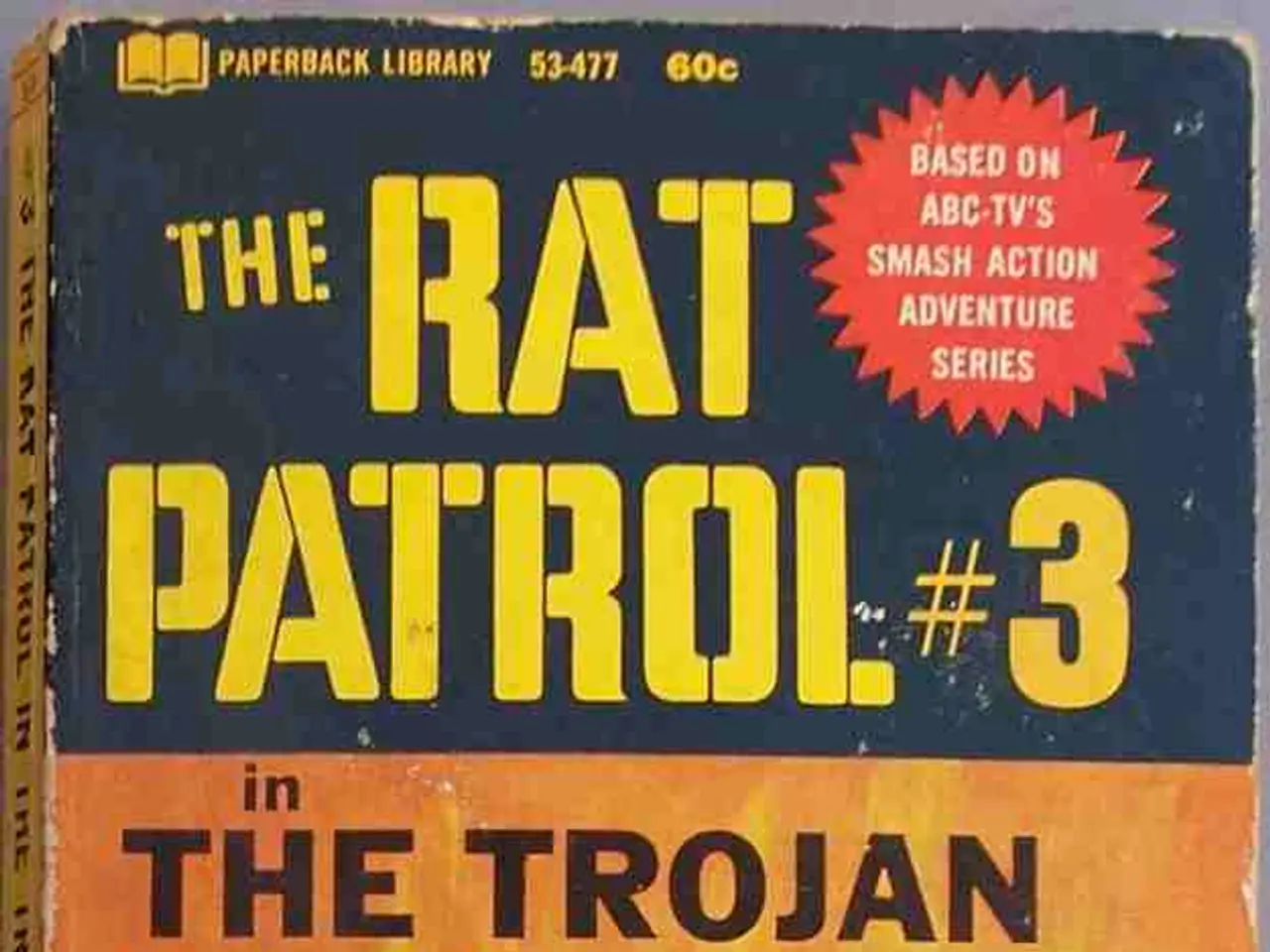Soviet-era tanks transformed into an automated "platoon," controlled by a solitary command vehicle from Russia.
Advanced Robotic Assault System, Shturm, Enters Advanced Testing Phase
In a significant development in military technology, Russia's Uralvagonzavod has advanced the Shturm robotic assault system to an advanced phase of testing. The system, which made its first public appearance during full-system field trials in 2025, is a game-changer in the realm of autonomous warfare.
The Shturm system consists of two key components: an optionally crewed robotic assault vehicle and a dedicated mobile command-and-control vehicle. The assault vehicle, based on a modified T-72 or T-90 chassis, is heavily armored and equipped with a shortened 125mm D-414 main gun, a bulldozer blade, and advanced protection systems. The command vehicle, also on a tank chassis, is engineered to resist anti-tank threats and controls up to a platoon of Shturm robotic tanks within a 3-kilometer radius.
One of the key capabilities of the Shturm system is its optional remote operation. While it can be crewed, the system is designed to operate either remotely or autonomously, with significant AI integration supporting semi-autonomous target recognition, engagement, and navigation. The vehicle uses advanced multi-spectral sensors and trainable neural networks for terrain evaluation, threat detection, route planning, convoy movement, and autonomous maneuvering with minimal human input.
The Shturm system is designed to lead the first echelon in assault operations in high-risk environments, particularly urban combat zones. It can either engage detected enemy positions directly or relay target coordinates to other units. The system leverages fire control technologies from the T-90M and T-14 Armata, enabling improved targeting and engagement.
Historically, the Shturm concept dates back to the 1980s but was only practically revived starting in 2018 due to technical advances and MoD support. It represents Russia's effort to field modern robotic combat vehicles to reduce risk to personnel during breakthrough assaults and urban engagements.
As the war in Ukraine continues to evolve, Russia is focusing on unmanned ground vehicles and technology to counter drones. Efforts are being made to improve autonomous systems in the Shturm robot tank system for better performance on the battlefield. Multiple combat configurations of the Shturm vehicle have been tested, including a 50-ton assault tank with a standard 125mm main gun, an urban assault variant with RPO-2 "Shmel" thermobaric rocket launchers and a PKTM machine gun, a configuration with twin 30mm 2A42 automatic cannons, and a more heavily armed platform with 16 unguided 220mm thermobaric rockets. Each configuration includes reinforced frontal and side armor, a bulldozer blade for obstacle clearance, and a shortened gun barrel to enable 360-degree turret rotation within narrow urban streets.
Russia has developed a system to protect against explosives dropped by drones, but there's no independent proof of its effectiveness. The joint appearance of combat and command vehicles in recent field testing suggests the Shturm system has progressed into a more advanced phase after years of limited public development.
An interesting development in this field is the patented foldable anti-drone screen for tanks by Russia's Karbyshev Military Engineering Academy, modeled after Ukraine's widely used "hood" system.
In summary, the Shturm is an advanced, optionally crewed robotic assault tank complex with integrated AI-enabled semi-autonomy, field-tested in 2025, designed for leading assault operations and controlled via a dedicated command vehicle within a combined robotic platoon formation. This system represents a significant leap forward in autonomous warfare technology, particularly in high-risk urban combat zones.
- Finance and energy sectors may have a critical role in the development and deployment of Shturm, as the technology requires significant investment to refine and upgrade its AI capabilities and energy resources for prolonged autonomous operation.
- The emergence of advanced robotic systems such as Shturm signifies a new wave of innovation in the science of military technology, potentially revolutionizing the way industries approach defense and warfare strategies.
- In the sphere of international competition, other countries should take notice of Russia's advances in the development of the Shturm system, as technology leadership in autonomous warfare is expected to play a significant role in shaping the industry landscape of the future.




